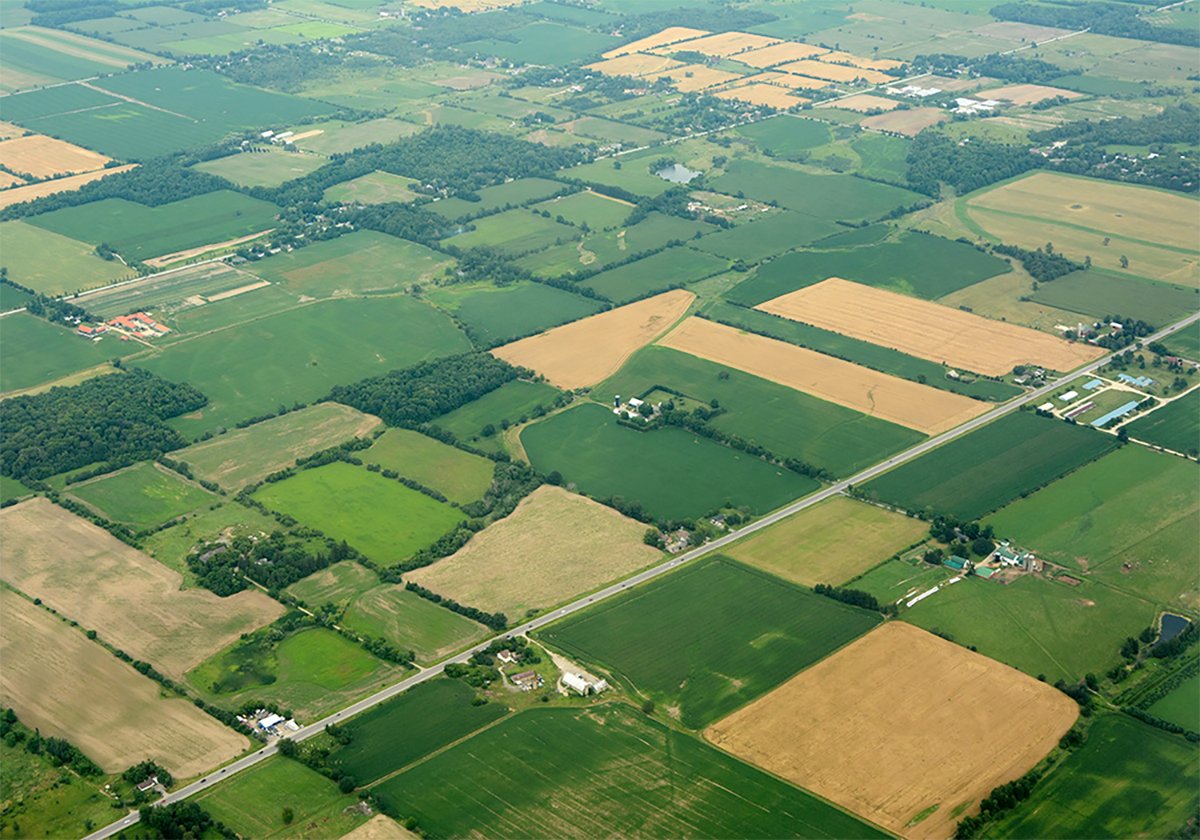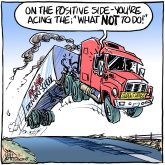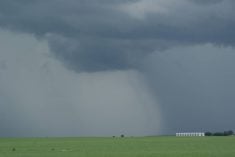Weather reporting
As Manitobans dig through another snowstorm, Winnipeg can only estimate how much snow fell. A snowdrift buried the weather station’s measuring device last Sunday. Fifty centimetres of snow at a time will do that.
Farmers have an affinity for weather. Their lives and businesses depend upon meteorological information and its accuracy. Farmers need warnings of winter blizzards and summer tornadoes, but also need to know exact moisture levels to decide what to seed.
Whether the reason is business or curiosity, farmers avidly read our weather page and contact us if information is missing or incorrect.
Read Also

Higher farmland taxes for investors could solve two problems
The highest education and health care land tax would be for landlords, including investment companies, with no family ties to the land.
This winter led to many calls and letters. Our staff investigated and Environment Canada admitted there were problems. Blame it on government cuts.
The number of manned weather stations has been reduced, and there has been a decline in volunteer weather-watchers. Automatic weather stations aren’t the best for our winters, where wind can lead to inaccuracy. There were also a number of stations this year that didn’t have their new equipment set up.
Canadians aren’t the only ones with weather problems. U.S. researchers and weather experts are expressing concerns about cuts to basic services and closing of local stations. According to a Christian Science Monitor story, station closures led to an “inadequate freeze forecast for this winter, costing Florida growers $300 million in crop damage.” Other cuts have affected centres that track tornadoes and severe thunderstorms. The fear is emergency planners will be deprived of information to prepare for storms.
Canada may not have felt these implications yet to weather station changes, but it’s something for farmers to ponder this summer as they watch clouds darken on the horizon or fear an early frost.














